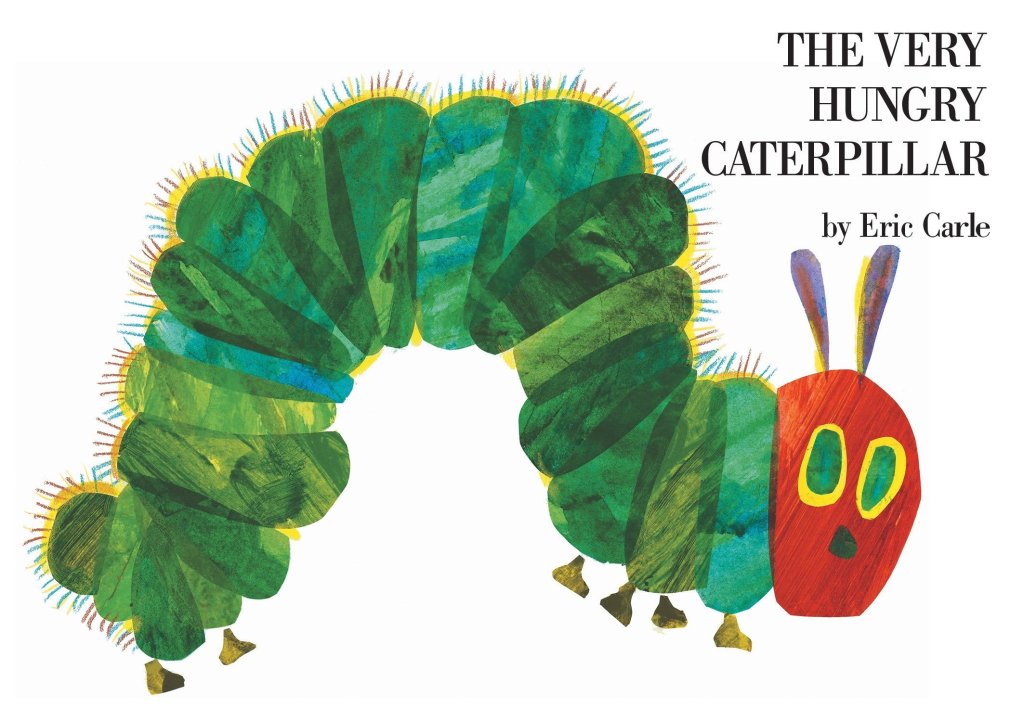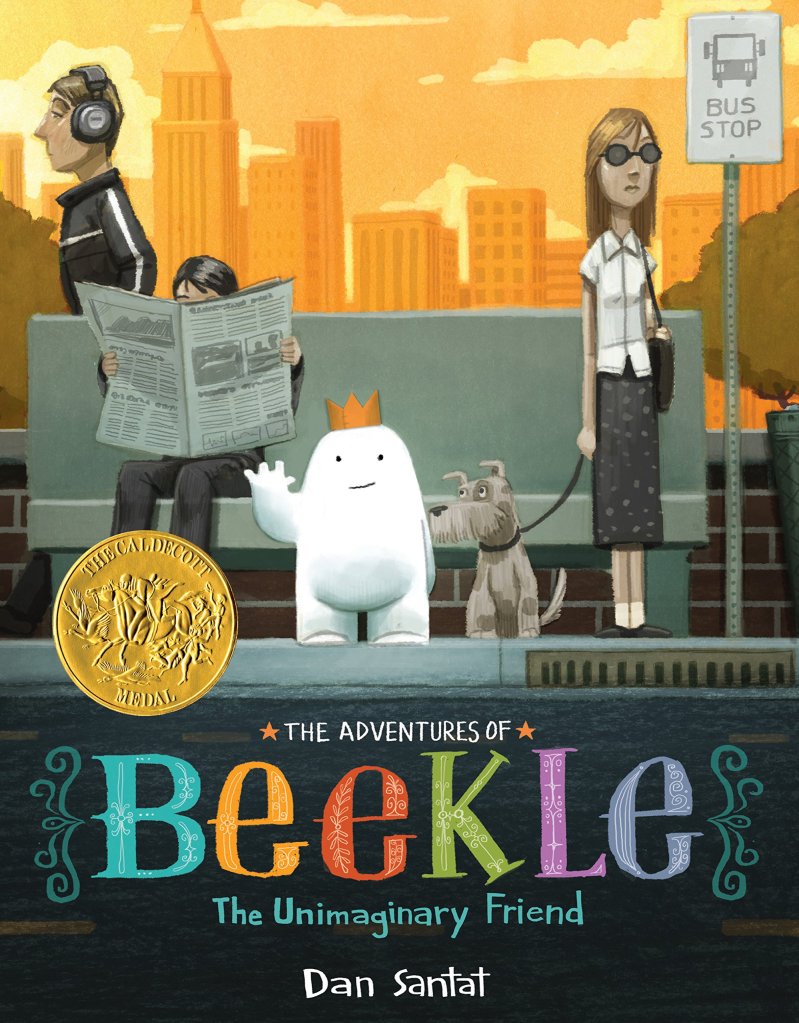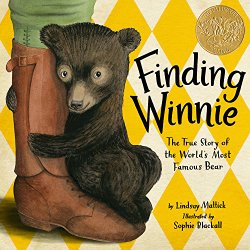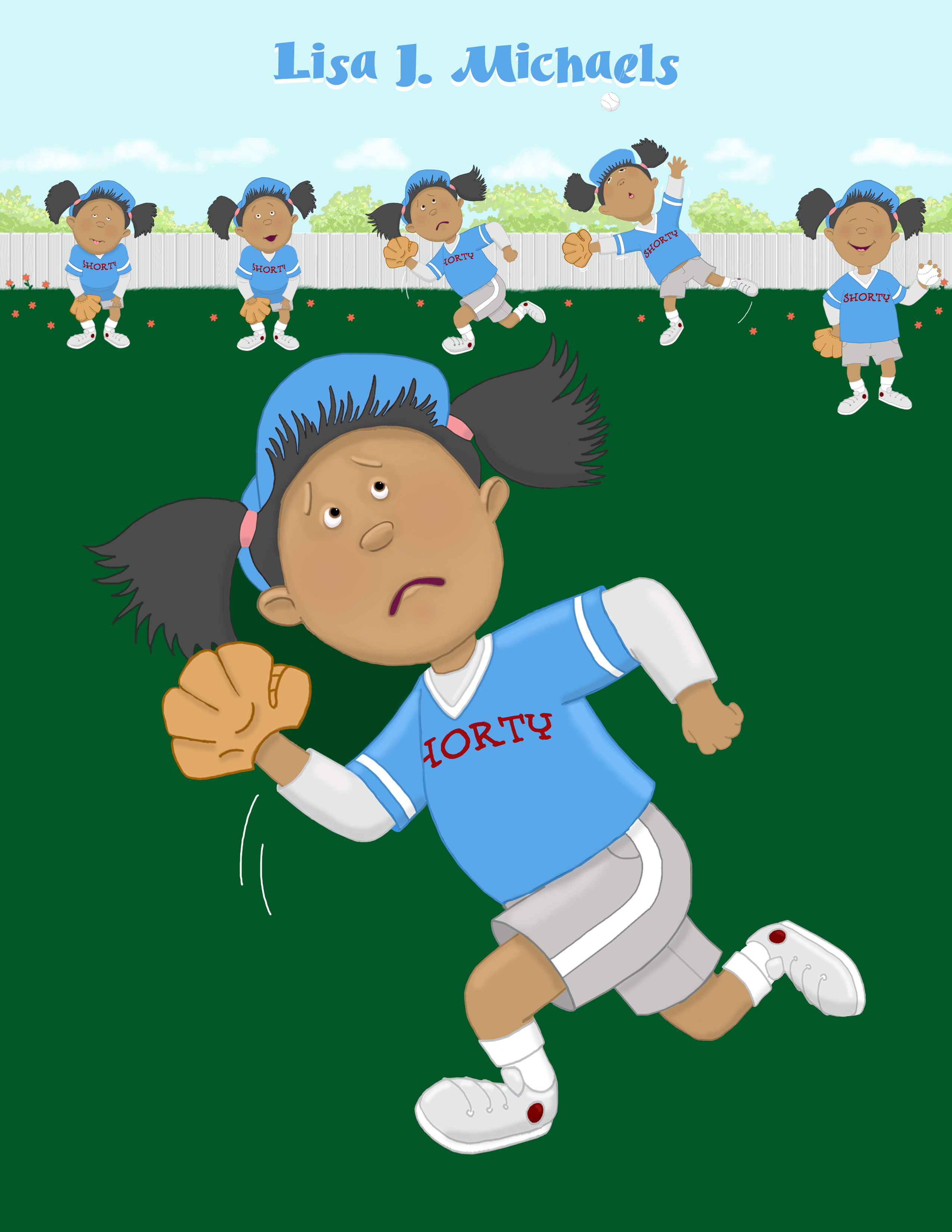I recently had one of my students mention that being new to the industry, she wasn’t yet sure how to tell the difference between a good Picture Book and a bad one. It occurred to me that this is a dilemma for many new authors and illustrators.
How do you know if what you’re looking at is something you should be learning from?
One helpful way to learn the differences is to study picture books that have already been published. Go to the bookstore and you will notice that there is a specific section of picture books that are “award winners”. They have the Newbery and/or Caldecott seals on the cover, indicating that they are exceptional.
Of course, that doesn’t tell you WHY they were chosen, but if you spend enough time looking them over, and compare them to other picture books, you will eventually begin to understand the differences. This is, in fact, one of my favorite exercises! I believe that when you study award-winning books, you are learning from the best, and that will help to elevate your own work to a higher standard!
The differences between award-winning picture books and other picture books will vary. Sometimes it’s in the quality of the illustrations (look at “Where the Wild Things Are”), sometimes it’s in an extremely well-written text (read “Wilfred Gordon McDonald Partridge”).

Either way, the one common thread in award-winning books, is the fact that the two things (writing and illustrating) complement each other. If you were to separate the illustrations from the written text, you would discover that each can tell a VERSION of the story without the other, but when combined together – the story changes. It comes to life in a whole new way, with an entirely new, richer meaning!
Professional illustrators know how to use their talent to tell the reader things about the characters (or the story) that are NOT written in the original text. For example, the author may not have mentioned (in the manuscript) that the main character has a pet frog, but the illustrator can imagine all kinds of wonderful, comical scenes with the main character and his/her frog interacting. If it adds comedy, where there wasn’t any before, then the illustrator has now added a backstory to the AUTHORS original manuscript, giving little readers something to giggle about. They feel as if they are in on an incredible secret, seeing something that isn’t being mentioned as the story is read.
The example above explains why it’s best for the illustrator and author to work separately. The authors job is to write a wonderful, well-written story. That’s where it ends, and his/her job is done!
The illustrators job is to enhance that story and make it even better using his/her illustrative talent, imagination, and art education.
If the author attempts to “instruct” the illustrator by insisting that the art be drawn according to his/her vision only, then the author will not only stifle the illustrators creativity, he will also lose any opportunity that the book had to become even better than the author could have imagined!
In the best picture books, you feel as if you are witnessing a finely choreographed dance between the words and the illustrations. The illustrations help to drive the story forward, pulling the reader through the page turns, making them eager to know what will happen next.
In poorly illustrated books, the illustrations only mimc the text – they add nothing of interest and nothing unexpected for the reader to discover.
As for a “bad” picture book manuscript??...the worst are the ones that preach to readers, trying to get their point across as if the reader is too stupid to realize that there’s a “lesson” be shoved down their little throat!! Stories that are told just for the purpose of teaching children a lesson will fall flat in the hands of young children, who are smart enough to recognize what’s happening. They will run for the hills, in search of another book that is FUN to read instead!!
THINK about it….when YOU were a kid, would you have preferred to read a book about how a human-like turtle properly cleaned his teeth and went to the dentist, or would you have picked a story about a kid who witnessed a moose frolicking in the back yard, bouncing on the trampoline and taking a dip in the family pool??
Good picture books are about interesting or unusual subjects. They should peak our curiosity and make us think we’ll be missing something if we DON’T read them! They should teach lessons in such a subtle way that the reader doesn’t even know he/she is learning! They have beautiful, comical or unusual art work that MAKES you want to LOOK! It doesn’t have to be the best artwork you’ve ever seen, it just has to have something that pulls the reader in.

Eric Carle’s books (“The Hungry Caterpillar” & more) are illustrated using collage clippings to form the characters bodies. He’s not the greatest technical illustrator in town, but his illustrations are interesting enough to make you curious….you WANT to look at them to discover how he did it!!!
Shel Silverstein wasn’t the most technically talented illustrator either, but his work is so simple and silly (like his poems) that they are endearing and child-like, with huge kid appeal!

If you want a modern day example of perfection in picture books, read Dan Santat’s, “The Adventures of Beekle: The Unimaginary Friend”. In my opinion, the text is wonderful and the illustrations are great! It is a clever mix of color on black & white, and detailed work- enhanced by a simply illustrated main character. VERY cleverly done!

If you prefer old-world perfection, read Tomie DiPaola’s charming picture books. I dissected many of them when I first started my career, and they taught me how to properly construct a well-written picture book. Tomie was consistent with every book he created, using the same formula over and over.
You know what they say,…”If it ain’t broke, don’t fix it!!!”





